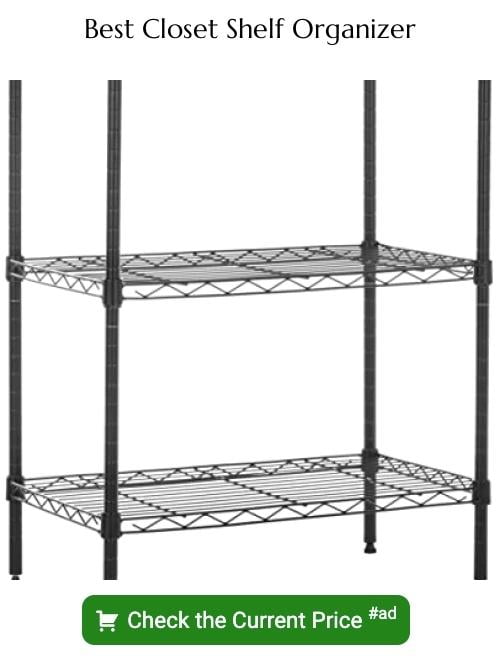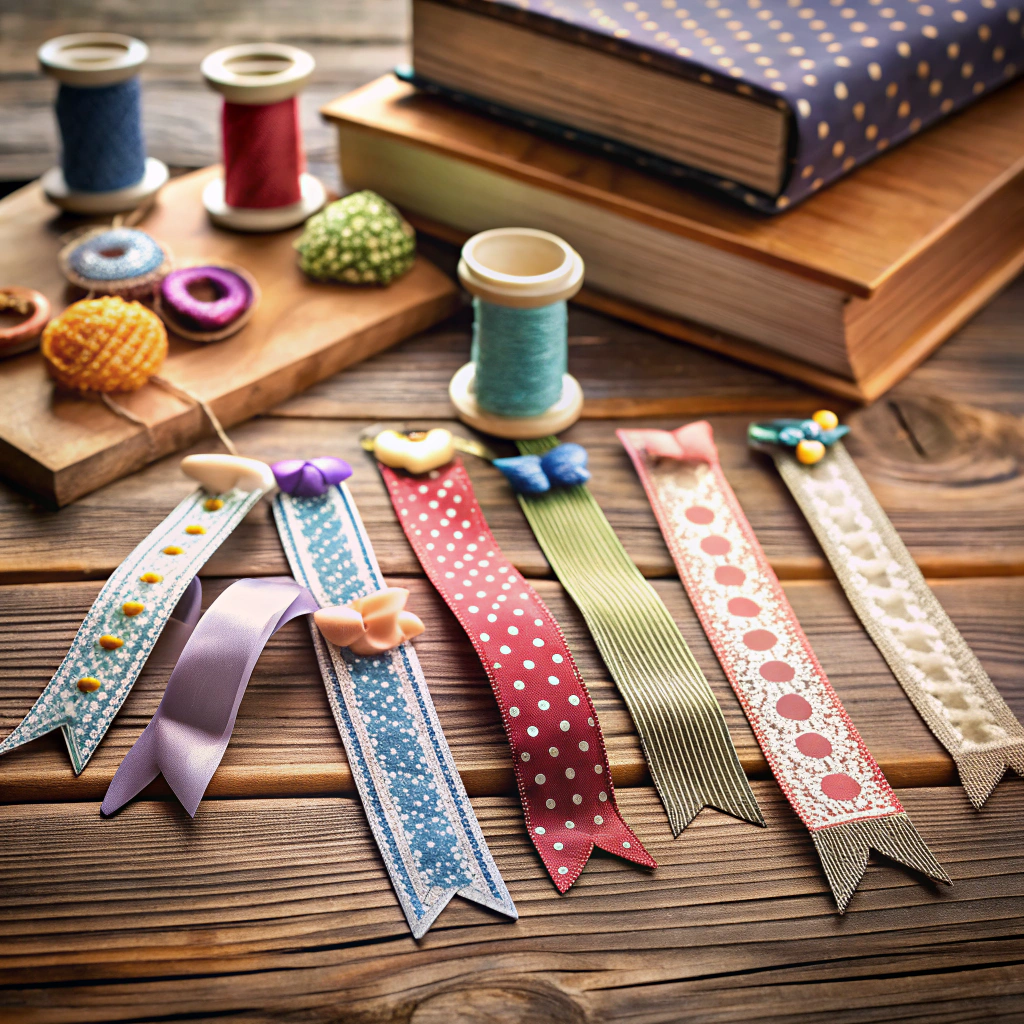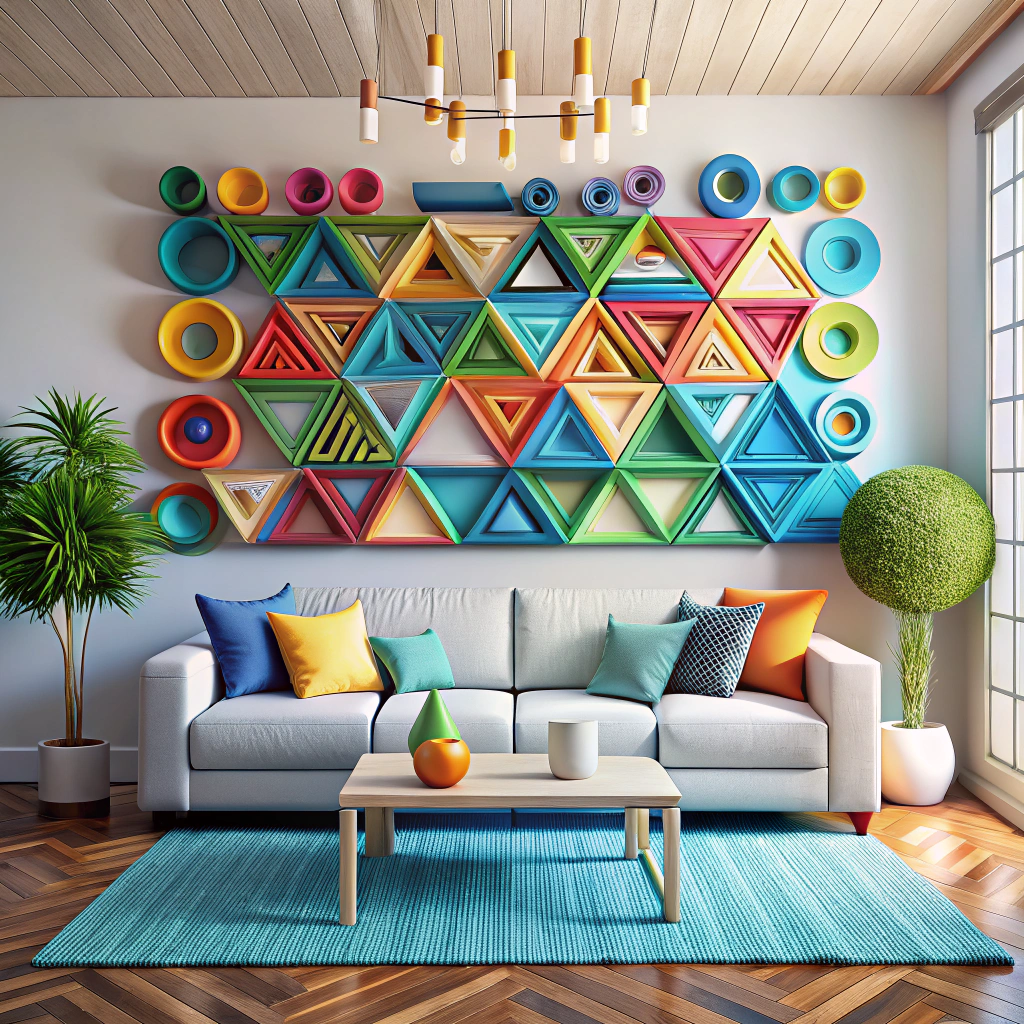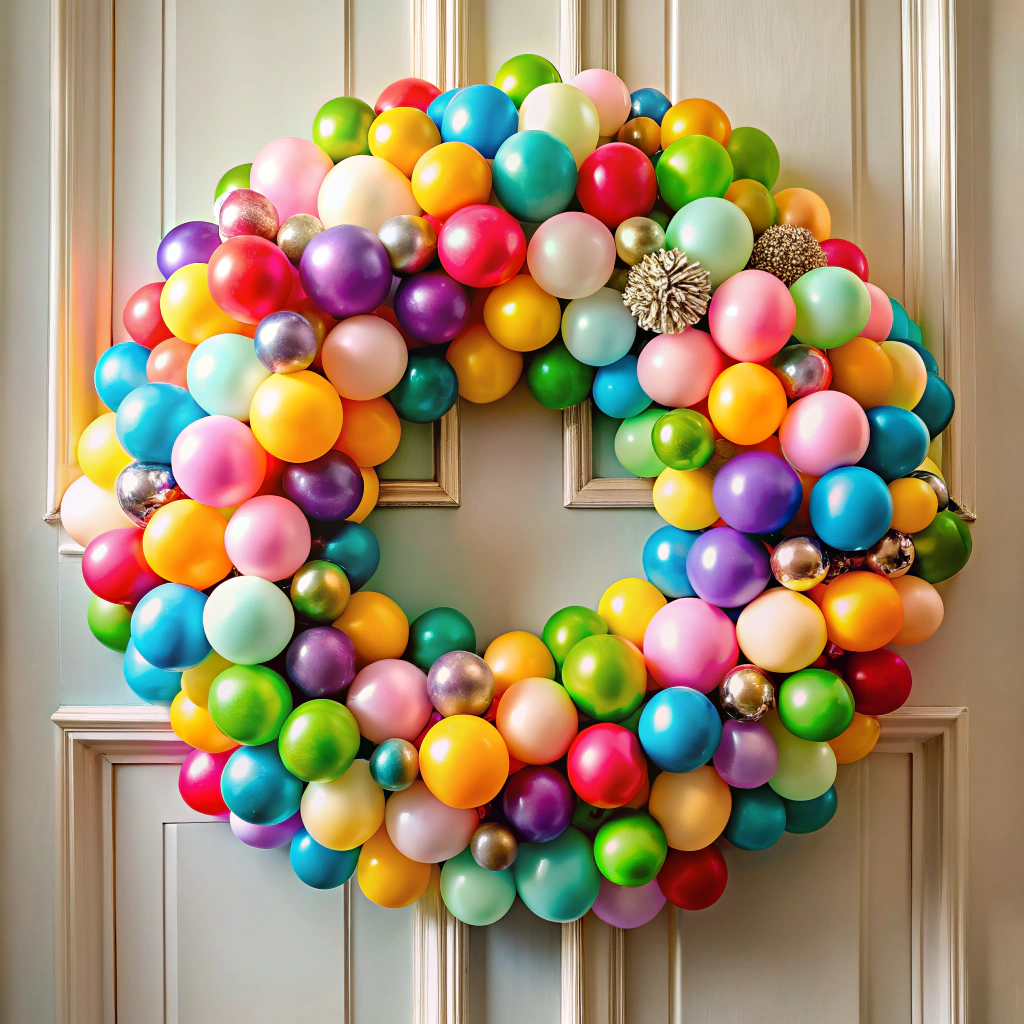Last updated on
Understanding the right depth for your closet shelves can revolutionize your storage space because it ensures maximum functionality and optimal organization.
Selecting the right shelf depth for a closet is pivotal in maximizing both storage efficiency and ease of access. Whether you’re organizing a closet for everyday clothing, linens, or bulky items, understanding the nuances of shelf depth can transform your space to suit your needs.
With a base depth of 12 inches being ideal for standard garments, and the option to expand to 16-20 inches for heftier items, every closet can be tailored to fit its contents perfectly.
In this article, we’ll delve into the factors that dictate optimal shelf dimensions, from the size of your attire to the functionality of the closet, ensuring that your shelving choices result in a harmonious balance between visibility and accessibility.
Key takeaways:
- 12 inches is generally sufficient for most clothing and linens.
- For bulky items, consider increasing the depth to 16-20 inches.
- Shallow shelves offer better visibility and accessibility.
- Standard shelf depths vary for different closet types.
- Factors influencing shelf depth include clothing size, accessibility, and purpose.
Optimal Closet Shelf Depth
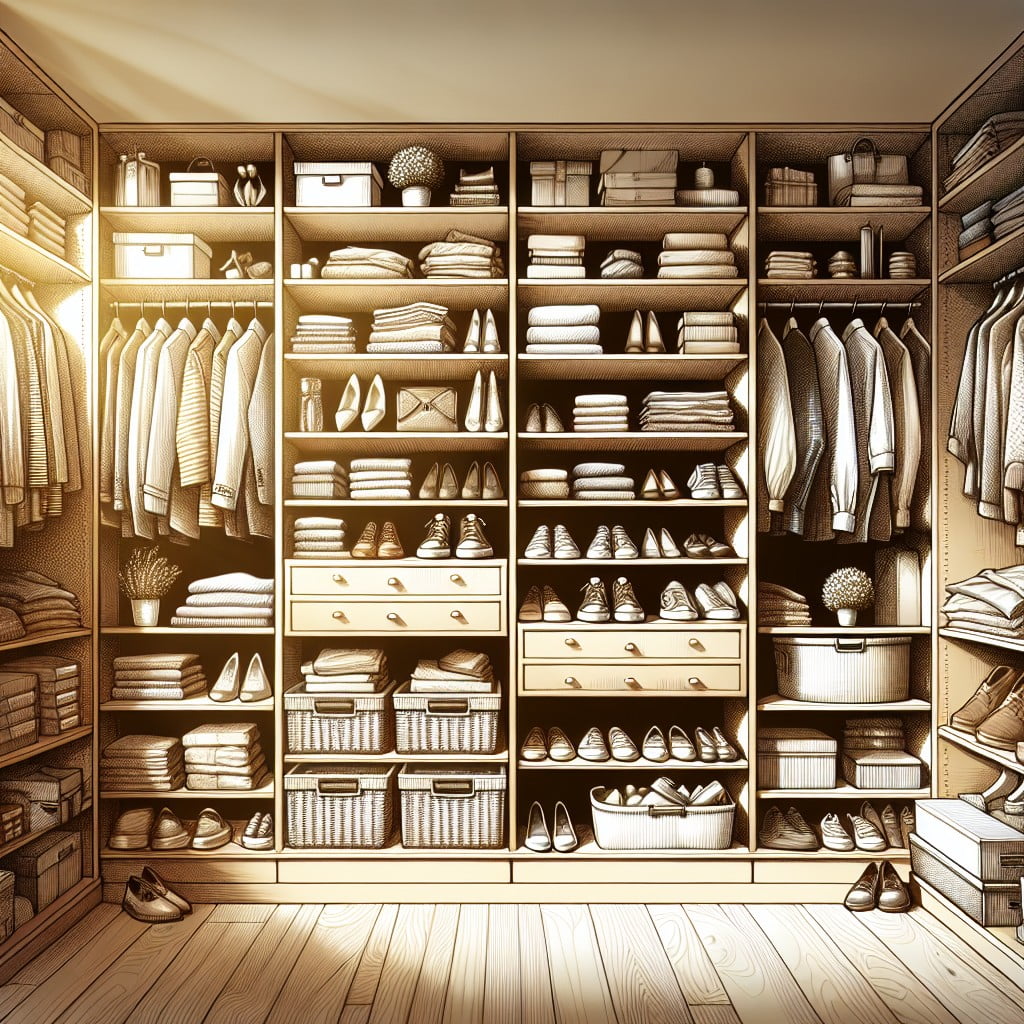
Choosing the right shelf depth in your closet is crucial for both maximizing storage space and ensuring easy access to your items. Generally, a depth of 12 inches is adequate for most clothing, including shirts, pants, and jackets. Linens and towels also fit comfortably on shelves of this size.
However, for bulky items like coats or large bedding, consider increasing the depth to 16 to 20 inches. It’s important to balance the need for space with the ability to see and reach everything without strain. Deep shelves provide more storage but may require stacking, which makes it harder to get to items at the bottom.
For items you use frequently, shallower shelves can offer better visibility and accessibility, reducing the temptation to overstuff and ensuring a more organized closet space.
Standard Shelf Depth for Different Closet Types
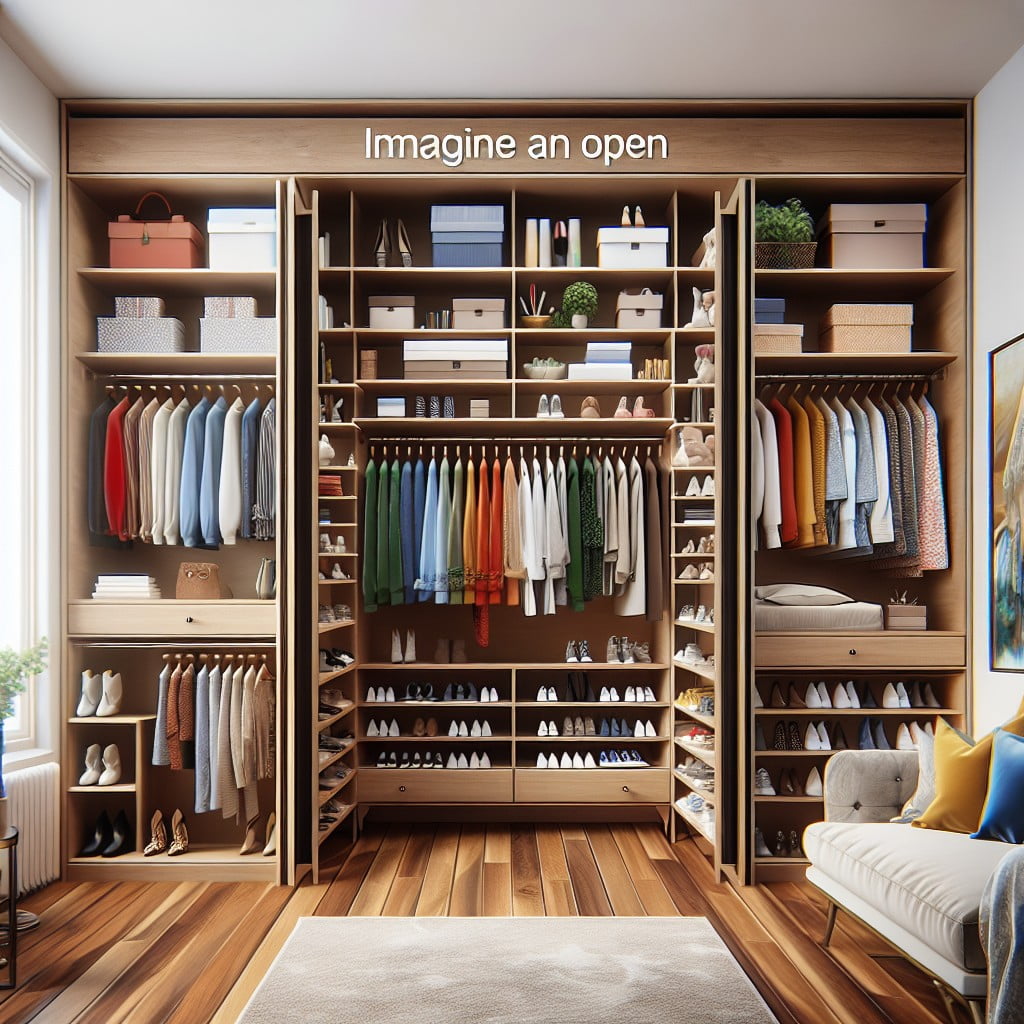
When outfitting various closet types, here are the standard dimensions to consider:
- Linen closets typically feature shallower shelves, around 12 to 16 inches, to accommodate towels and bedding.
- Bedroom closets often have deeper shelves, generally 14 to 24 inches, ideal for folded clothes and accessories.
- Pantry shelves vary, with depths ranging from 6 to 16 inches, designed to house everything from spices to large cereal boxes.
- Coat closets benefit from shallower shelves above the rod, about 12 inches, leaving ample space for hanging garments.
- Utility closets require a mix – narrower shelves for small cleaning supplies and deeper ones, around 16 to 20 inches, for bulky items like vacuum cleaners.
Remember, these measurements are not one-size-fits-all; they serve as a guideline to begin designing your storage space for maximum efficiency.
Factors Influencing Shelf Depth
When deciding the depth of your closet shelves, consider these pivotal elements:
1. Clothing Size: Garments vary in size. Shelves should be deep enough to comfortably accommodate the largest items without overhang.
2. Accessibility: For ease of access, ensure shelves aren’t too deep to reach items easily, especially in children’s closets.
3. Closet Dimensions: The closet’s overall size dictates the feasible depth for shelving, maintaining proportional aesthetics and functionality.
4. Purpose: Define the shelf’s primary use. Linen and utility closets may require deeper shelves than those for clothing or accessories.
5. Visibility: Deep shelves can obscure items, making it harder to locate specific objects. If you go deeper, consider stackable bins or labeled dividers for organization.
6. Personal Reach: Take into account the reach of those using the closet. Personal ergonomics ensure shelves are within a comfortable range.
Remember, choosing the right shelf depth will enhance the utility of your closet, making storage and retrieval processes fluid and convenient.
Customizing Shelf Depth for Your Needs
Adjusting your closet shelf depth to match your personal requirements ensures efficient use of space and easy access to your belongings. Consider the following when customizing:
- Item Size: Measure the bulky items you aim to store. For coats or large appliances, a deeper shelf might be necessary.
- Visibility and Reach: Shallower shelves allow for better visibility and reachability. This is particularly important for daily-use items.
- Flexibility Over Time: Use adjustable shelving systems to modify the depth as your storage needs change.
- Material Strength: Deeper shelves require sturdier materials to prevent sagging over time. Evaluate the weight of items to ensure your chosen shelving can support them adequately.
- Aesthetics and Space: A shelf that protrudes too much can make a closet feel cramped. Consider how the depth will affect the appearance and feel of the space.
By taking these points into account, you can create a closet that caters to the unique dimensions of your items while remaining practical and pleasing to the eye.
Assessing Storage Items for Proper Shelf Depth
To ensure your closet shelves are tailored to your storage needs, perform an inventory of items you plan to store. Clothing, for example, typically requires less depth compared to bulky bedding. Consider these points during assessment:
- Categorize your items: Group by type, such as sweaters, shoes, or bags, to understand what kind of space each category requires.
- Measure larger items: For oversized objects like suitcases or large bins, take precise measurements to ensure they’ll fit comfortably.
- Anticipate stacking: Determine if items will be stacked and account for the extra height needed.
- Leave room for accessibility: Ensure there’s enough space to easily remove and replace items without overcrowding.
- Account for visibility: Shelves that are too deep may hide items in the back, so plan for a depth that keeps everything in view.
By analyzing your belongings, you can achieve a shelf depth that balances capacity and functionality.
Shelf Depth for Reach-in Vs. Walk-in Closets
When considering reach-in closets, typically between 11 to 24 inches deep, the goal is to maximize accessibility. Therefore, sticking to a 12-inch depth for shelves meant to hold folded clothes and linens is practical since it allows you to see and retrieve items easily without having to reach too far back.
In contrast, walk-in closets offer more flexibility due to their larger size. Shelving can range from 12 to 16 inches for clothing and linens, while 14 to 18 inches accommodate larger items like bags and boxes. To utilize the space efficiently, consider deeper shelves, up to 24 inches, along the back or side walls for items that are rarely used.
Deep shelves in both closet types should be used judiciously to prevent items from being lost at the back, and in walk-in closets, incorporating pull-out drawers or bins can help maintain order within deeper shelving. Always keep in mind that the right depth for your closet shelves should correspond not just to the closet type but also to what you plan to store.
Best Practices for Shelf Depth and Closet Organization
Maintaining an organized closet starts with selecting the right shelf depth, but it doesn’t end there. Follow these best practices to ensure your closet serves you well:
1. Visibility is Key: Shelves should be deep enough to store your belongings but not so deep that items become hidden at the back. Aim for a depth that keeps everything in view.
2. Accessible Heights: Place frequently used items on shelves at eye or chest level. Less-used items can go higher or towards the bottom.
3. Divide and Conquer: Use shelf dividers to compartmentalize spaces, making it easier to stack different types of clothing or other items without them toppling over.
4. Leave Room to Grow: Allocate 10-20% of your shelf space for new purchases to avoid overcrowding.
5. Fold vs. Hang: Think critically about what to fold and what to hang. Bulky items like sweaters may take up less shelf space when folded, whereas hanging items create more airflow and accessibility.
6. Drawer Integration: Incorporate drawers for smaller items like socks and underwear, if depth allows, to keep shelves uncluttered.
7. Label to Find: If using storage bins on shelves, label them clearly for quick identification of contents.
By applying these strategies, you’ll optimize your closet storage and make finding and retrieving items a breeze.
Closet Accessories: Enhancing Functionality Within Shelf Depth
Integrating the right accessories into your closet design can transform a cluttered wardrobe into an organized haven.
- Dividers: Add shelf dividers to keep stacks of clothing upright and sorted by category, making the most of the vertical space.
- Baskets and Bins: Utilize pull-out baskets or bins for smaller items or loose accessories, which can be neatly tucked away and easily accessed.
- Sliding Trays: Install sliding trays underneath shelves for storing jewelry, watches, and other small items, ensuring these pieces are well-organized and visible at a glance.
- Hanging Organizers: Make use of hanging organizers for items like scarves or belts, which can dangle vertically and save on shelf space.
- Adjustable Shelves: Consider adjustable shelves for flexibility to accommodate items of varying heights, allowing you to reconfigure the space as your storage needs change.
By thoughtfully selecting these additions, you can enhance the utility of your closet shelves, no matter their depth.
How To Optimize Deep Closet Shelves
To fully utilize deep closet shelves and maintain accessibility, consider the following points:
1. Use Stackable Bins: Stackable storage bins can help organize items and make use of vertical space, preventing the need to reach far into the shelf.
2. Back-of-Shelf Storage: Place seldom-used items at the back of the shelf and more frequently used items in front to save time and effort.
3. Divide and Conquer: Shelf dividers can prevent items from toppling over or getting mixed up, which is especially helpful in deep shelving.
4. Sliding Drawers: Install sliding drawers within the shelf so you can pull out items easily, rather than having to dig to the back.
5. Label Everything: Use labels to quickly identify contents, saving you the hassle of searching through every bin or box.
6. Lights: Add battery-operated or wired lighting to deep shelves to improve visibility and ensure you can find items quickly.
By implementing these strategies, you can enhance the functionality of deep closet shelves and make the most of your storage space.
Closet Shelving Layout & Design: Maximizing Shelf Depth
When planning your closet shelving layout, a thoughtful approach to using the available depth can significantly enhance storage capacity and accessibility. Here’s how to make the most of it:
1. Staggered Arrangement: Consider installing shelves at varied depths. Deeper shelves can be placed lower for bulky items, while shallower ones higher up keep things within easy view and reach.
2. Dividers and Baskets: Utilize these tools to subdivide deep shelves, which prevents items from getting lost at the back and adds functional organization layers.
3. Sliding Mechanisms: Install sliding shelves or drawers in deeper sections. This enables full visibility and use of the space without needing to unstack or reach awkwardly.
4. Vertical Spacing: Adjust the height between shelves to match item heights. Precise spacing minimizes wasted vertical space and can effectively increase the usable area of the shelf.
5. Visibility: Ensure the upper shelves are no deeper than the depth of a folded item to keep everything visible—no more out-of-sight, out-of-mind.
Remember, your objective is to maintain a balance between maximizing storage and maintaining functionality. An optimal design caters to both.
FAQ
What is the average depth of a closet shelf?
The average depth of a closet shelf typically ranges between 10 to 14 inches, depending on the overall depth of the closet.
What is the best depth for a shelf?
The optimal depth for a general-purpose shelf is typically between 10 and 12 inches.
Is 18 deep enough for a closet?
Yes, an 18-inch depth is considered adequate for a standard closet.
What is the depth of a shelf in a wardrobe?
The depth of a shelf in a wardrobe typically ranges from 35 to 60 centimetres; with single door wardrobes averaging at 55 centimetres depth, and double door wardrobes around 70-75 centimetres depth.
How does the depth of a closet shelf impact storage capacity?
The depth of a closet shelf impacts storage capacity as deeper shelves hold more items, but if they’re too deep, things may become hard to reach or get lost at the back.
Are there recommended depths for different types of closet items?
Yes, for hanging closets, the recommended depth is 24 inches, while for non-hanging items such as folded clothes and shoes, 14 inches is often sufficient.
Does the height of a closet shelf affect the optimal depth?
Yes, the height of a closet shelf does affect the optimum depth, as it influences accessibility and visibility of stored items.
Recap:
